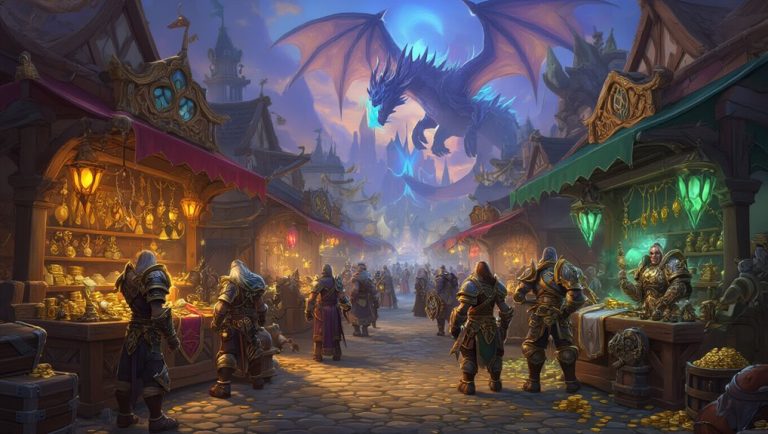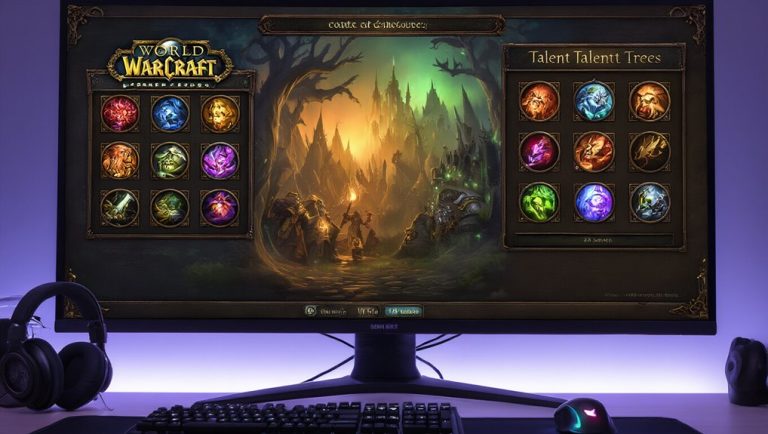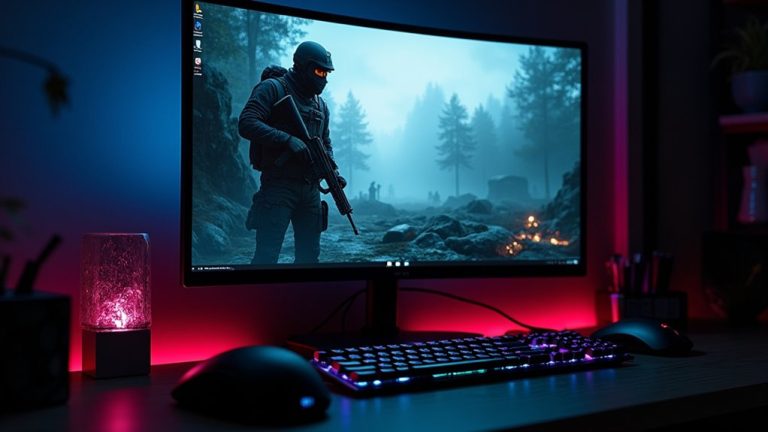
Blizzard just dropped the dev notes for the first Wrath Classic 3.4.3 PTR build. Get ready for ICC, new dungeons, class tuning, the Shadowmourne quest, a slick new collections interface, and some known issues to keep an eye on.
 WotLK PTR (Source)
WotLK PTR (Source)
Aside from Icecrown Citadel, there’s a bunch of other cool stuff coming soon to the PTR, with even more to come in future updates.
Icecrown Citadel Raid
Testing starts at 23:00 CEST. The raid will close at 23:00 CEST on Friday, September 1.
-
Icecrown Citadel is the ultimate raid in Wrath of the Lich King Classic, featuring twelve bosses spread across five different wings.
-
The Lower Spire
- Lord Morrowgar
- Lady Deathwhisper
- Gunship Battle
- Deathbringer Saurfang
-
The Plagueworks
- Festergut
- Rotface
- Professor Putricide
-
The Crimson Hall
- Blood Prince Council
- Blood-Queen Lana’thel
-
The Frostwing Halls
- Valithria Dreamwalker
- Sindragosa
-
The Frozen Throne
- Arthas Menethil, the Lich King
-
The Lower Spire
- Each wing is fully unlocked for testing on both Normal and Heroic mode.
-
Additional adjustments:
-
Just like Trial of the Grand Crusader, Heroic mode in Icecrown Citadel has a limited number of attempts. Once a raid group runs out of attempts, they’ll have to retreat and won’t be able to try again until the following week.
- Currently, the number of attempts is set to 50 for the entire raid, matching the final state of the attempts counter in patch 3.3.5.
- Also, there won’t be any restrictions or gating to prevent access to later wings of the raid. All wings will be fully unlocked from the start.
-
Just like Trial of the Grand Crusader, Heroic mode in Icecrown Citadel has a limited number of attempts. Once a raid group runs out of attempts, they’ll have to retreat and won’t be able to try again until the following week.
-
PTR Gear Vendors
- For the first round of PTR testing, the gear vendors haven’t been updated with gear from Trial of the Crusader and Trial of the Grand Crusader. This is intentional.
- If you want to test Icecrown Citadel, it’s recommended to use the character copy button on the character select screen to copy your character from live realms and use your current gear. It’s important for players and raid groups to use their own gear during this test to establish a realistic baseline for performance in this content when it’s released.
- The ICC raid will be tested again after this
.entry-content
.entry-footer
#post-49
.related-posts
#comments
#main



